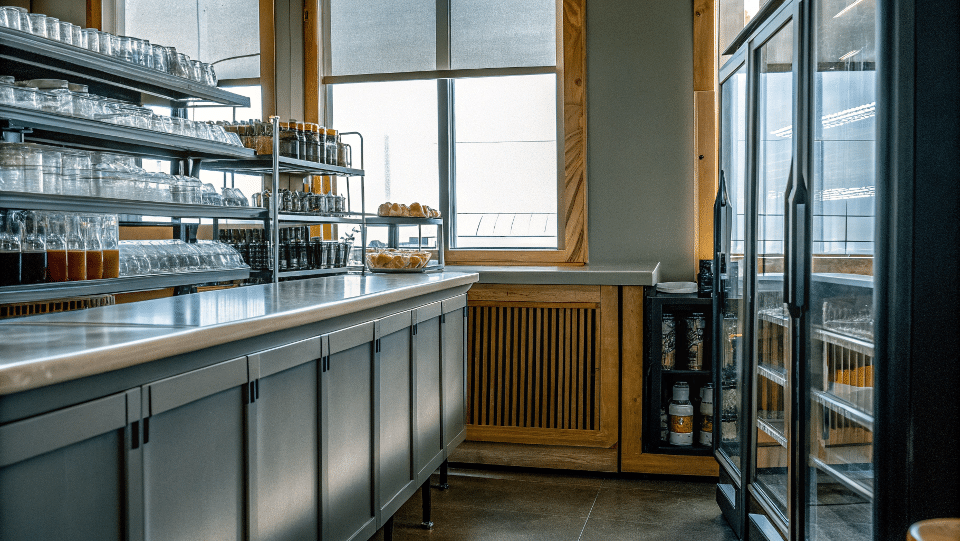Struggling with a cramped café layout? Poorly placed coolers killing your workflow and sales? I've seen it happen too many times. Let's fix this for good.
The key is to integrate coolers into your café's flow. Place high-impulse buy items in customer-facing units near the checkout, and use back-bar coolers to streamline your staff's workflow and speed up service.
Getting the placement right from the start can make or break your cafe's success. I remember a client, a young entrepreneur much like you, Alex, who doubled his drink sales just by moving his main cooler from the back wall to right beside the cash register. It's about more than just plugging it in. Let's dive into how you can plan your space for both efficiency and profit. You need to think about your customers, your staff, and your bottom line.
How do you choose the right type of cooler for your space?
Overwhelmed by all the cooler options? Worried you'll pick the wrong one and waste precious space and money? I've been there. Let’s make the right choice together.
Match the cooler to its function and location. Use undercounter units for a clean look under the worktop, glass-door merchandisers to drive impulse sales, and solid-door back-of-house coolers for bulk storage.
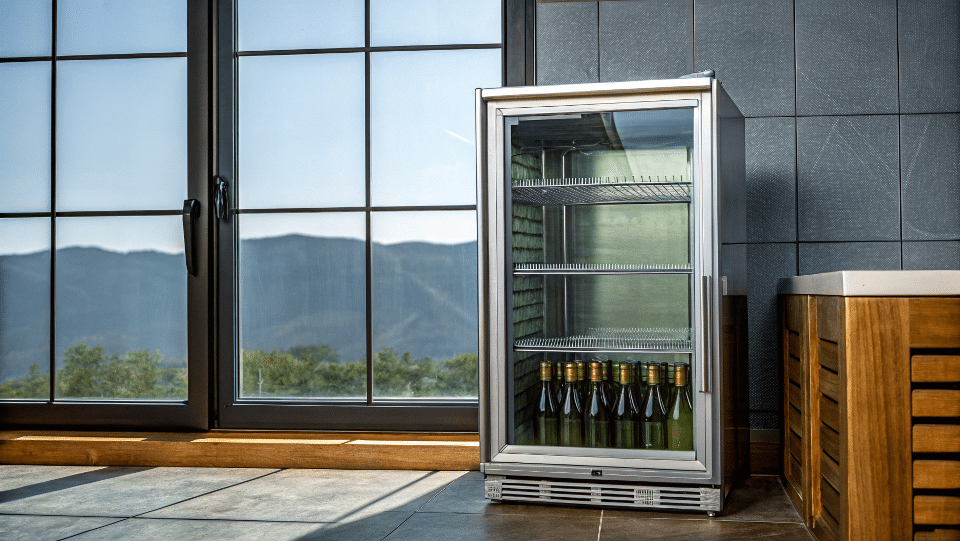
Choosing the right cooler is a balancing act between aesthetics, space, and function. In my years running a refrigerator factory, I learned that one size never fits all. For a business like yours, Alex, that focuses on a strong retro theme, the look is just as important as the cooling power. You need to think about what each cooler does for your business.
For Customer View
These are your silent salespeople. A glass door merchandiser is perfect here. You want customers to see colorful juices, sodas, and bottled water. For your brand, a retro-style cooler with a curved door and chrome handle could be a fantastic centerpiece. It sells drinks and reinforces your brand identity at the same time. I helped a client source a set of bright red retro coolers, and they became the most photographed spot in his café.
For Staff Workflow
Here, efficiency is everything. Undercounter and back-bar coolers are the workhorses. They should be placed within arm's reach of your baristas. This is where you store milk, cream, and other essentials for making drinks. The goal is to minimize steps. Every second saved per drink adds up to hours over a week. A solid door might even be better here to hide the clutter of half-used cartons.
Here's a simple breakdown to help you decide:
| Cooler Type | Best For | Key Advantage |
|---|---|---|
| Glass-Door Merchandiser | Customer areas, impulse buys | High visibility boosts sales |
| Undercounter Cooler | Barista station, tight spaces | Saves space, seamless workflow |
| Back-Bar Cooler | Under the back counter | Fast access for staff |
| Solid-Door Reach-In | Back room, storage | Best for energy efficiency, bulk storage |
Where is the best place to position coolers for customer flow?
Are customers walking right past your best drinks? Is your layout confusing, causing bottlenecks and lost sales? You need a clear path that leads to a purchase.
Place glass-door coolers along the main customer path, especially near the point of sale. This encourages impulse buys while they wait. Keep any self-serve units away from the main service counter to avoid congestion.
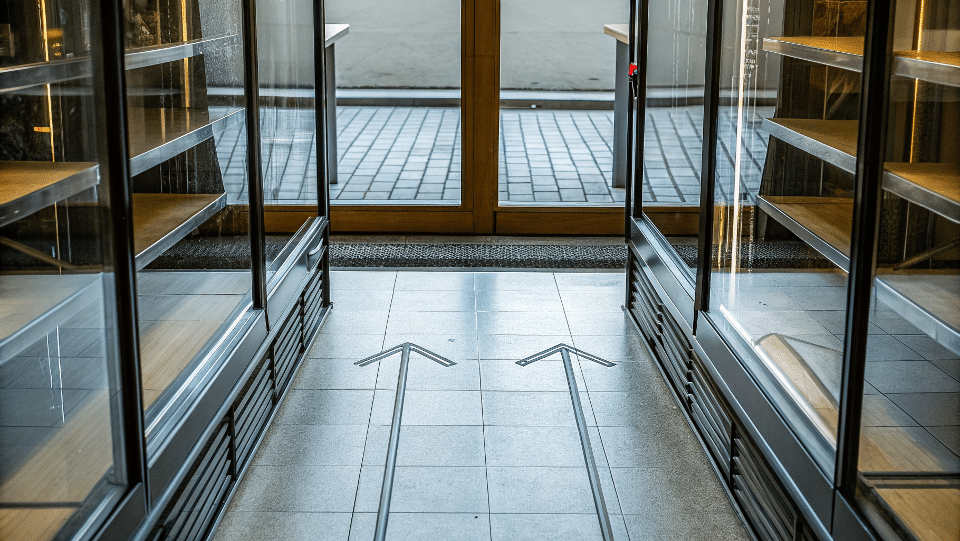
Think of your customer's journey from the moment they walk in the door. You want to guide them naturally. When I design factory floors, we map out every movement to eliminate wasted steps. You should do the same for your customers. A well-placed cooler doesn't just store drinks; it directs traffic and increases the average order value.
The Impulse Buy Zone
The area next to your cash register is prime real estate. People standing in line are a captive audience. This is the single best place for a small, attractive glass-door cooler filled with your highest-margin drinks. Canned cold brew, fancy juices, and sparkling water are perfect here. It's an easy "yes" for a customer who is already about to pay. Make it easy for them to grab and go.
The Self-Serve Station
If you offer a self-serve cooler for customers to grab their own drinks, place it strategically. It should be along their path to the register, but not so close that it causes a traffic jam. A good spot is against a wall after the main entrance, before they get to the ordering counter. This lets them make a choice before they are in the high-pressure environment of the line, which can prevent them from holding everyone else up.
Avoiding Bottlenecks
Your layout should feel open and easy to navigate. Never place a cooler where its door, when opened, blocks a main walkway. I once visited a café where the main drink cooler door opened directly into the line. It was chaos. People had to constantly step a side. This creates a stressful experience and can discourage sales. Always ensure there is enough space for a person to stand and look inside the cooler without blocking others.
How can you optimize cooler placement for staff efficiency?
Are your baristas wasting time walking back and forth for milk? Is a poorly placed cooler slowing down every single order? This inefficiency costs you real money every day.
Position your main workhorse coolers, like undercounter milk fridges, directly within arm's reach of the espresso machine and other primary stations. Minimize steps for your staff to improve speed and service.
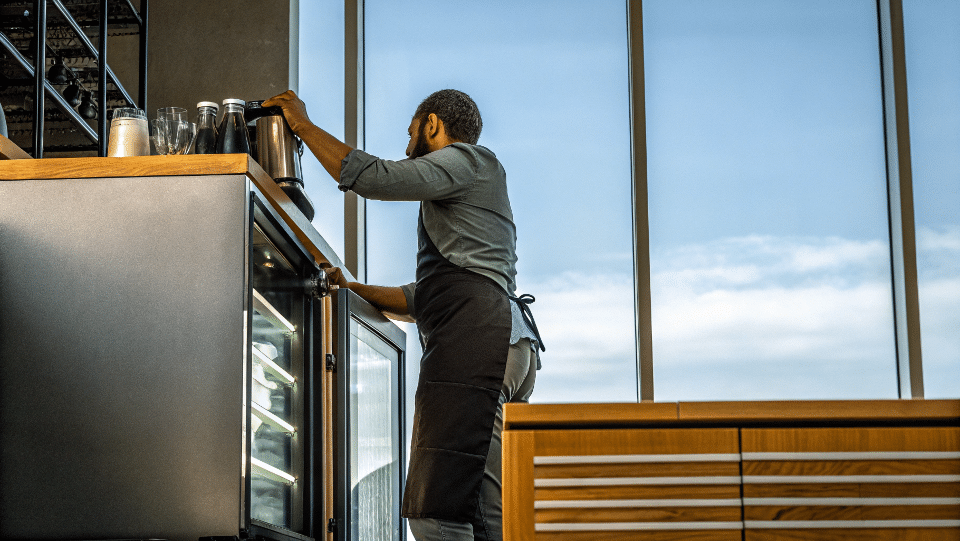
A fast barista is a profitable barista. The key to speed is a layout designed for an efficient workflow. When I was starting out, I worked on an assembly line. Every tool and part was placed in a specific sequence to reduce motion. Your coffee bar should operate on the same principle. The goal is to create a "cockpit" for your barista where everything they need is just a simple pivot or a single step away.
The Barista's Workspace
The most important cooler is the one with the milk. It absolutely must be right next to the espresso machine, preferably in an undercounter unit. This allows the barista to grab milk, steam it, and pour the drink without ever taking more than one step. Think about everything else they need: syrups, alternative milks, chocolate sauce. Group these items logically around the central workspace. A small countertop cooler might be useful here for things like whipped cream or special syrups that need refrigeration.
Restocking and Prep Areas
Your staff also needs to restock the front-of-house coolers and prepare ingredients. Place your large, back-of-house storage cooler (the solid-door reach-in) in a location that is easy to access but out of the customer's sight. It should be close to your prep table, where staff might slice lemons or mix iced teas. This creates a smooth flow from storage to prep to the front line. A poorly placed storage unit that requires staff to walk through the customer area to restock the front fridges is a recipe for disaster during a busy rush.
What technical details about coolers should you never ignore?
Did you just place a beautiful new cooler without thinking about its "breathing room"? Ignoring ventilation can lead to high energy bills and a broken-down unit. It's a costly mistake.
Always follow the manufacturer's guidelines for ventilation clearance. Ensure there is enough space around the unit—especially the back and sides—for air to circulate, preventing overheating and improving efficiency.
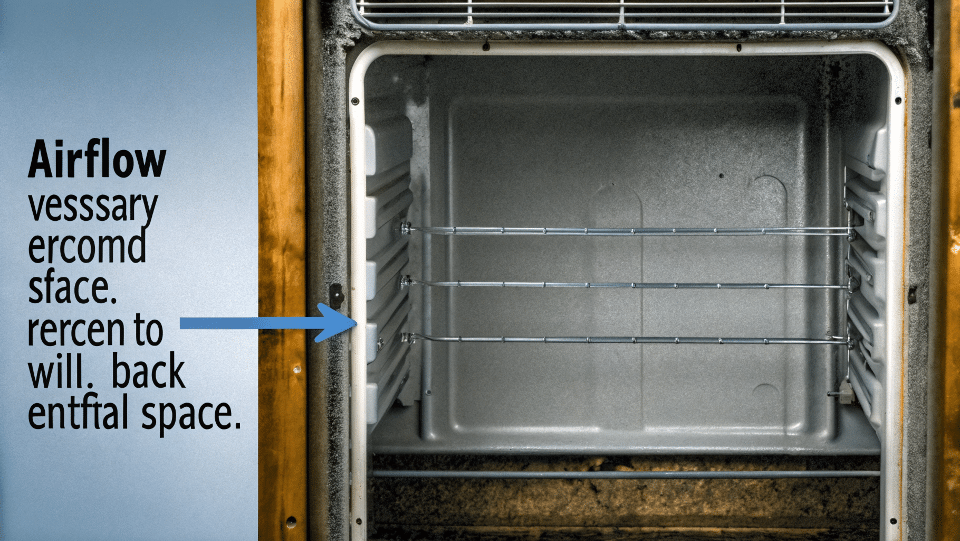
From my experience manufacturing refrigerators, I can tell you that the engineering inside these units is precise. They are designed to work under specific conditions. As a business owner, ignoring these technical details is like throwing money away on higher electricity bills and future repair costs. When planning your layout, you have to think like an engineer for a moment.
Giving Your Cooler Room to Breathe
Every cooler has a condenser coil that releases heat. If you suffocate it by pushing it flush against a wall or building it into a cabinet without vents, that heat has nowhere to go. The compressor will have to work much harder to keep the inside cool, which uses more electricity and leads to premature failure. I always tell my clients to check the manual. It will specify exactly how many inches of clearance are needed.
Understanding Energy Use and Noise
Don't just look at the purchase price of a cooler. Look at its long-term running cost. Two coolers might look the same, but one could cost you hundreds of dollars more per year in electricity. For your business, Alex, which relies on importing, choosing an energy-efficient model from the start is crucial. Also, consider the noise. A loud compressor can ruin the cozy atmosphere of a café. Check the decibel (dB) rating before you buy. A quiet model is worth the investment for your customer-facing areas.
Here’s a quick guide to these technical points:
| Technical Factor | Why It Matters for Your Layout | My Tip |
|---|---|---|
| Ventilation | Prevents overheating, unit failure, and high energy bills. | Design built-in cabinets with proper vents or leave specified air gaps. |
| Energy Use | Directly impacts your long-term operating costs. | Look for ENERGY STAR ratings or compare yearly kWh usage. |
| Noise Level (dB) | Can ruin the ambiance and customer experience. | Check the decibel rating. Anything below 50 dB is good for quiet areas. |
Conclusion
A smart layout with efficient coolers boosts sales, improves workflow, and creates a better customer experience. Plan carefully with these tips, and your café business will thrive.

